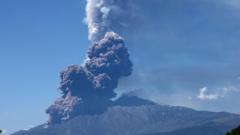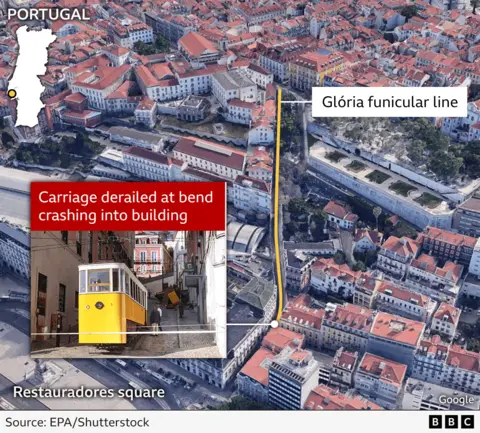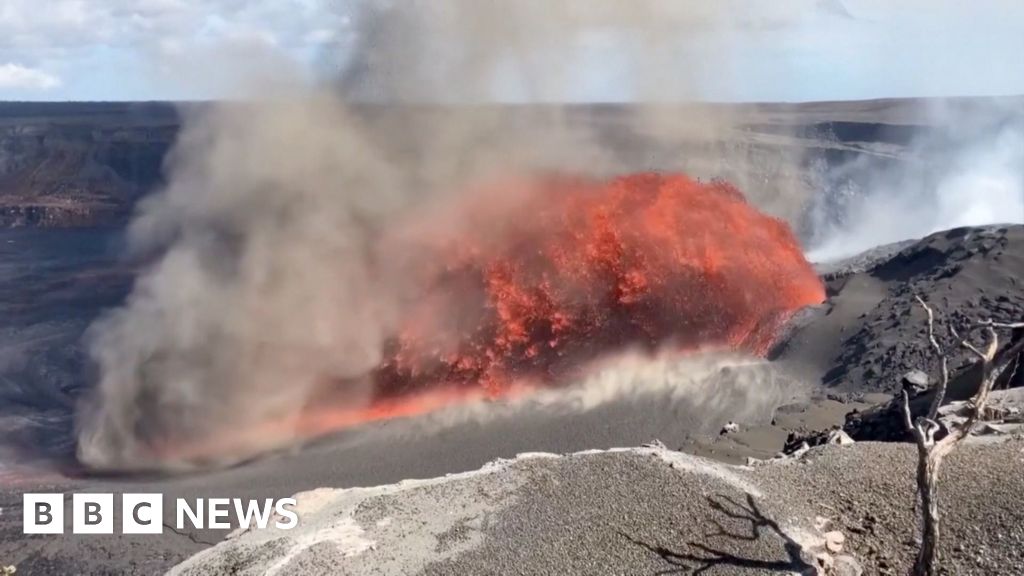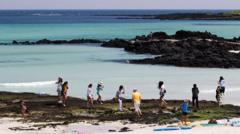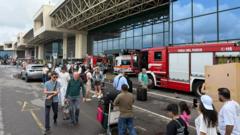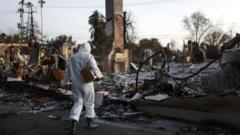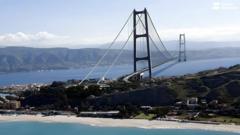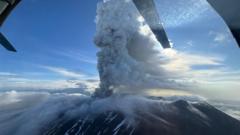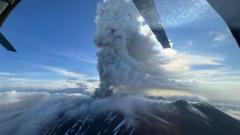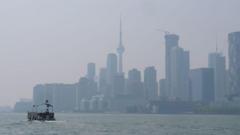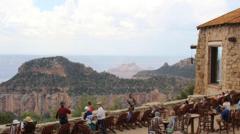13 hours ago, Italy's Mount Etna erupted in a display of natural force, sending large plumes of ash and smoke billowing into the sky. The eruption drew attention as volcanic material was observed spilling from the volcano on the morning of the event. The National Institute of Geophysics and Volcanology (INGV) reported numerous explosions of "increasing intensity" early Monday. Despite the ferocity of the eruption, disruptions to local air travel appear to be minimal, with both departures and arrivals proceeding as scheduled at nearby airports.
As one of the most active volcanoes in the world, Mount Etna's eruptions are frequent and typically do not result in severe damage or injuries. According to INGV, the latest eruption originated from a known 200-meter-wide vent on the southeast side of the volcano, where ground movements indicated heightened activity. Eyewitnesses shared footage showing a swift pyroclastic flow—a hazardous mix of ash, gas, and rock—cascading down the slopes. Geologists believe that this flow is a result of part of the volcano's crater collapsing.
Fortunately, INGV's latest updates indicate that the volcanic material has not traveled further than the Valley of the Lion, a location frequented by tourists, ensuring that the eruption's immediate impact is contained. The geophysics institute first detected signs of increased activity at 12:39 AM local time and later confirmed the occurrence of a "Strombolian" eruption, characterized by periodic explosive events caused by gas buildup within the magma chamber. These eruptions, akin to bubbles bursting in a carbonated drink, can pose a particular threat to aircraft in the vicinity; although an initial red alert was issued, it was subsequently downgraded.
The island's Catania airport faced operational challenges during Mount Etna’s last significant eruption in February, leading to the diversion of numerous flights due to ash clouds. In light of the current eruption, tourists have been advised to avoid the volcano's lava flows.
With continuing monitoring from INGV and real-time updates, the situation remains dynamic, and authorities emphasize the importance of safety for both residents and visitors.
As one of the most active volcanoes in the world, Mount Etna's eruptions are frequent and typically do not result in severe damage or injuries. According to INGV, the latest eruption originated from a known 200-meter-wide vent on the southeast side of the volcano, where ground movements indicated heightened activity. Eyewitnesses shared footage showing a swift pyroclastic flow—a hazardous mix of ash, gas, and rock—cascading down the slopes. Geologists believe that this flow is a result of part of the volcano's crater collapsing.
Fortunately, INGV's latest updates indicate that the volcanic material has not traveled further than the Valley of the Lion, a location frequented by tourists, ensuring that the eruption's immediate impact is contained. The geophysics institute first detected signs of increased activity at 12:39 AM local time and later confirmed the occurrence of a "Strombolian" eruption, characterized by periodic explosive events caused by gas buildup within the magma chamber. These eruptions, akin to bubbles bursting in a carbonated drink, can pose a particular threat to aircraft in the vicinity; although an initial red alert was issued, it was subsequently downgraded.
The island's Catania airport faced operational challenges during Mount Etna’s last significant eruption in February, leading to the diversion of numerous flights due to ash clouds. In light of the current eruption, tourists have been advised to avoid the volcano's lava flows.
With continuing monitoring from INGV and real-time updates, the situation remains dynamic, and authorities emphasize the importance of safety for both residents and visitors.

